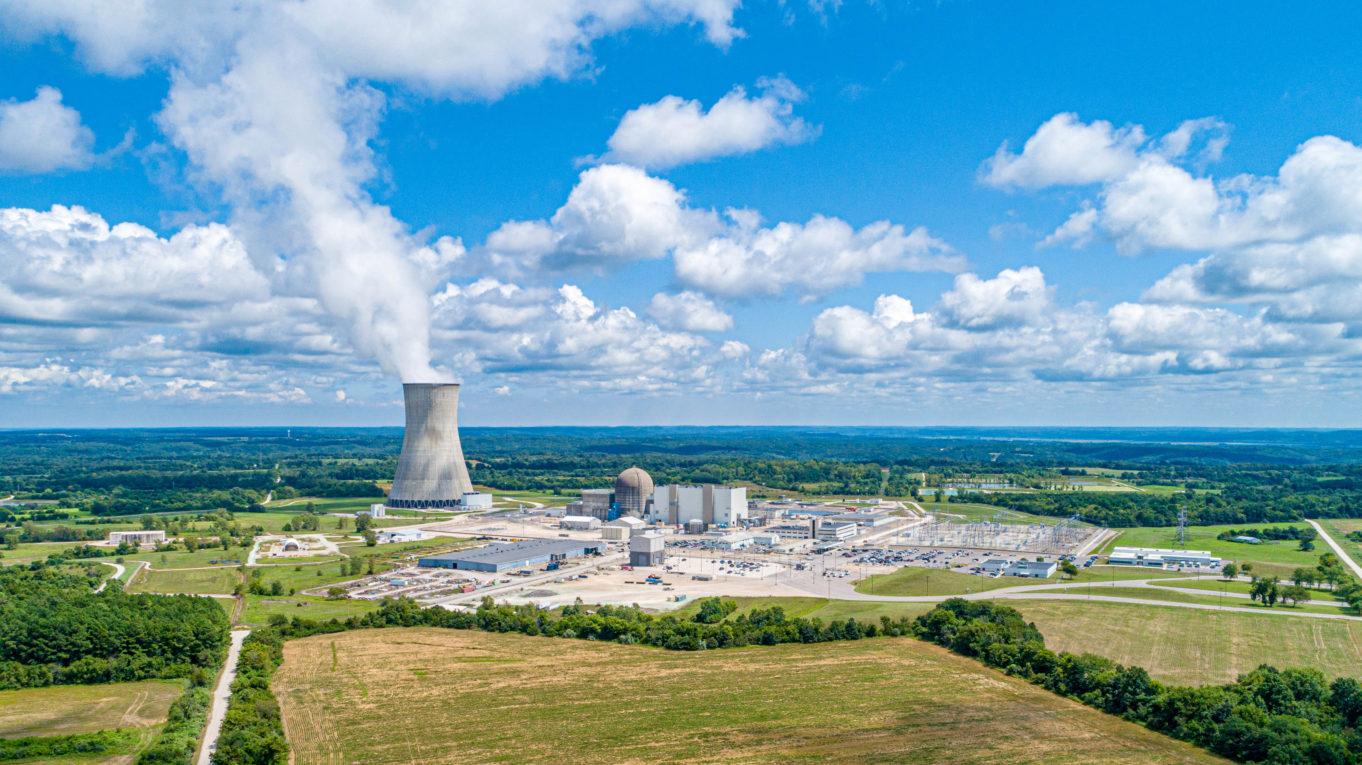Central New York environmentalists cleared a hurdle in their effort to shut down Entergy’s FitzPatrick nuclear reactor near Oswego, New York. A Petition Review Board of the Nuclear Regulatory Commission (NRC) has agreed to “partially accept” a joint petition filed by the Syracuse-based Alliance for a Green Economy (AGREE) with the national nuclear watchdog group Beyond Nuclear for further review by the agency’s top safety officer, the Director of Nuclear Reactor Regulation.
Activists in Central New York remain concerned about the vulnerability of FitzPatrick to catastrophic failure. FitzPatrick is the same type of reactor as those that exploded at Fukushima. NRC documents reveal FitzPatrick to be potentially even more vulnerable to containment failure and hydrogen explosions in an accident scenario because operators never installed an emergency containment vent system, as compared to the Fukushima reactors and all other reactors of its kind in the United States. AGREE and Beyond Nuclear petitioned the Nuclear Regulatory Commission on March 9, 2012 asking the agency to learn from the Fukushima accident, suspend operations at the FitzPatrick nuclear reactor and hold public hearings on the vulnerability and hazards inherent in the plant’s design.
An email from the NRC to the Petitioners recommends that the petition move forward to the next stage of the NRC process. The agency also told the groups it would delay any final decision-making indefinitely while it works through some of its own post-Fukushima review processes. “The PRB’s initial recommendation is to accept, in part, and hold in abeyance three of the issues of the petition addressing containment venting under severe accident conditions and the design of vent systems being able to accommodate hydrogen gas,” wrote Bhalchandra K. Vaidya, NRC Licensing Project Manager, in an email to the petitioners. “Since these issues will take longer than the target timeframe for reaching a decision on a petition, the NRC plans on accepting those issues, and holding them in abeyance.”
AGREE organizer, Jessica Azulay, describes the recommendation by the Petition Review Board as a bittersweet victory. “We know we made a strong case,” said Azulay. “They can’t deny that the FitzPatrick containment is unacceptable. Yet the NRC is acknowledging the validity of our concerns without acting on them in a timely way. The agency is stalling, and that leaves us vulnerable to this dangerous plant, which is no victory at all.”
The NRC is currently embroiled in a lengthy “lessons learned” evaluation and remediation process regarding the unreliable reactor containment structure for the Mark I boiling water reactors like FitzPatrick. In the event of an accident, the containment is supposed to prevent radiation from escaping into the environment. There are 23 Mark I’s operating in the United States, and NRC internal documents from the 1970s show the agency has long been concerned the Mark I’s are vulnerable to nuclear accidents, over-pressurization, hydrogen generation, explosions and containment breach. Yet, even after those concerns played out at Fukushima, the NRC is providing life support to the Mark I’s with a process around improved emergency vent design. The process is expected to take a minimum four years and will likely take longer. Nuclear watchdogs are not optimistic that it will remedy the unreliability of the Mark I design as graphically demonstrated in the multiple explosions at Fukushima Daiichi.
The groups have requested that the NRC specifically itemize what the NRC has accepted from their March 9, 2012 petition for emergency enforcement action for further review and what the agency proposes to reject from its consideration.
Noting FitzPatrick is currently down for refueling, AGREE and Beyond Nuclear today again requested that the NRC prevent Entergy from restarting the reactor until the NRC provides documentation that FitzPatrick’s unique emergency vent plan is safe. The FitzPatrick venting plan calls for venting a pressurized cocktail of radiation, steam and explosive gasses into a building adjacent to the reactor until the doors blow off, spewing the toxic, explosive mixture at ground level on the plant site. In a post-Fukushima inspection report revealed by the groups last year, Entergy and the NRC both raised concerns about a hydrogen explosion at the reactor.
“If the unexpected accident does occur at FitzPatrick, the NRC’s own document admits that this nuclear power plant is uniquely vulnerable to reactor containment failure and potentially widespread radioactive contamination of the region,” said Paul Gunter, Director of Reactor Oversight Project at Beyond Nuclear in Takoma Park, MD. “We continue to build our case that restart and continued operation of this reactor comes with an undue risk and potentially unacceptable consequences to life and land if the unthinkable does happens,” he said.
While continuing to work within the NRC process, AGREE and Beyond Nuclear are also taking their concerns to New York Governor Andrew Cuomo and New York Attorney General Eric Schneiderman, who are both currently engaged in helping groups downstate shut Entergy’s Indian Point reactor. “We hope Governor Cuomo and Attorney General Schneiderman will provide Central New Yorkers the same kind of support they are giving to downstate in preventing nuclear threats,” said Azulay.
-30-
Contact: Jessica Azulay, Alliance for a Green Economy, (315) 480-1515
Paul Gunter, Beyond Nuclear, (301) 523-0201
More info:
Email from Bhalchandra K. Vaidya, NRC Licensing Project Manager
Response to Bhalchandra K. Vaidya from joint petitioners
The original petition and supporting documents
The petition supplement and supporting documents

